Accordion: Beginner's Guide to Parts and Functions
Parts and Functions of the Accordion
Treble Register: This section, located on the right side of the accordion, contains the higher-pitched notes. There are two main types of treble registers:
Treble Keyboard: This layout resembles a piano keyboard, with buttons or miniature keys that play individual notes.
Button Accordion: This system uses buttons instead of keys, often arranged in a chromatic system for more flexibility.
Grills: These are the decorative metal screens on both sides of the accordion that protect the reeds inside.
Bellows: The accordion's heart! This expandable section is the lifeblood of the instrument. By pushing and pulling the bellows, you force air through the reeds, creating sound. The more bellows movement, the louder the sound.
Bass Register: Located on the left side of the accordion, this section provides low-end tones and harmonies. Similar to the treble register, there are two main types:
Stradella Bass System: The most common system, using buttons arranged in a circle of fifths for playing bass notes and chords.
Free Bass System: Offers more flexibility for playing individual bass notes, similar to a bass guitar.
Bass Buttons: These are the buttons on the left side of the accordion, used to play bass notes and chords according to the chosen bass system.
Bonus Tip:
When choosing an accordion, consider your musical style and experience level. Button accordions are generally more affordable and easier for beginners, while piano accordions offer a wider range of notes and may be better suited for more advanced players. If you want to know their differences check out our blog for types of accordion.
You hit all the major parts of the accordion for sure! Here's a breakdown of some additional components that you might find interesting:
Some Additional Parts:
Reeds: These are the thin metal strips that vibrate to produce the sound. They are housed within reed blocks on the inside of the accordion. Different sizes and materials of reeds create different tones.
Reed Blocks: These wooden blocks hold the reeds in place and channel airflow for specific notes.
Pallet Mechanism: This intricate system of valves and levers directs airflow from the bellows to the appropriate reeds based on which buttons or keys are pressed.
Shoulder Straps and Back Straps: These comfortable straps allow you to hold the accordion securely while playing.
Register Switches: These levers or buttons allow you to change the timbre (tone color) of the sound by engaging different sets of reeds. This adds variety to your playing.
Air Button: This button on some accordions allows you to move the bellows freely without creating sound, useful for bellows adjustments or silent practice.
Accordion Music Style
It's quite versatile!
While the accordion might conjure up images of lively folk tunes or polka medleys, it can be surprisingly adaptable and can add a unique touch to various musical genres.
Classical Music
The accordion can be used to play classical pieces, especially when using a chromatic accordion with a full range of notes. There are even specific compositions written for the accordion.
Folk Music
The accordion is a staple instrument in many folk traditions around the world, from French musette to Tex-Mex conjunto to polka music in Eastern Europe.
Popular Music
The accordion has been featured in various popular music styles throughout history, including Cajun and zydeco, tango, and even some rock and pop music.
If you want to learn about accordion, NUVO Music School offers accordion lessons. Talk to us today!

